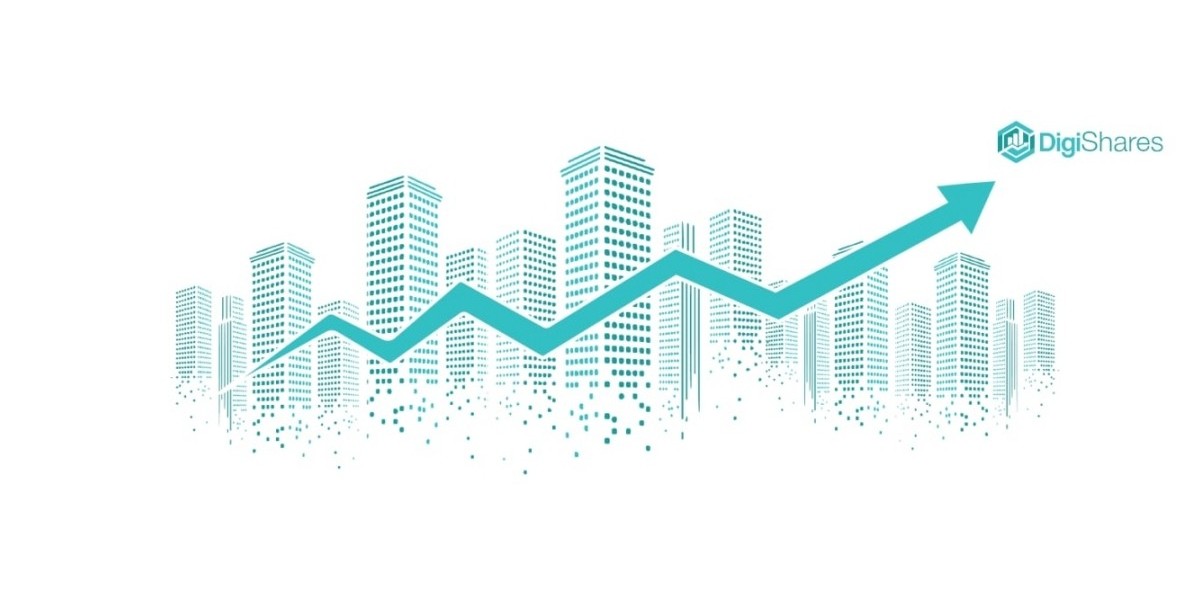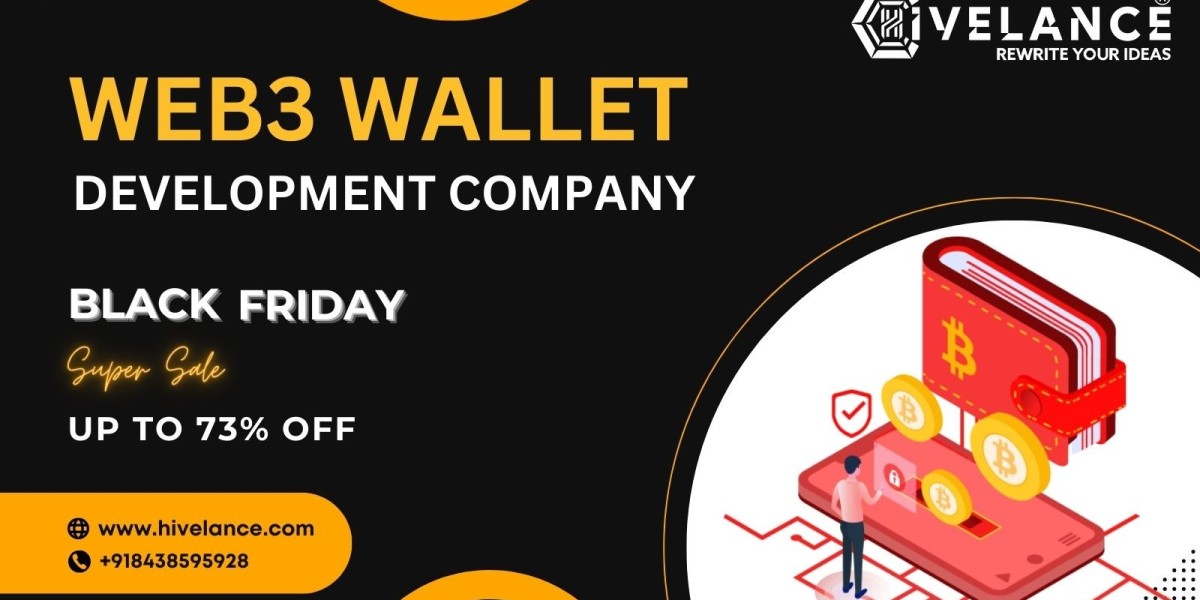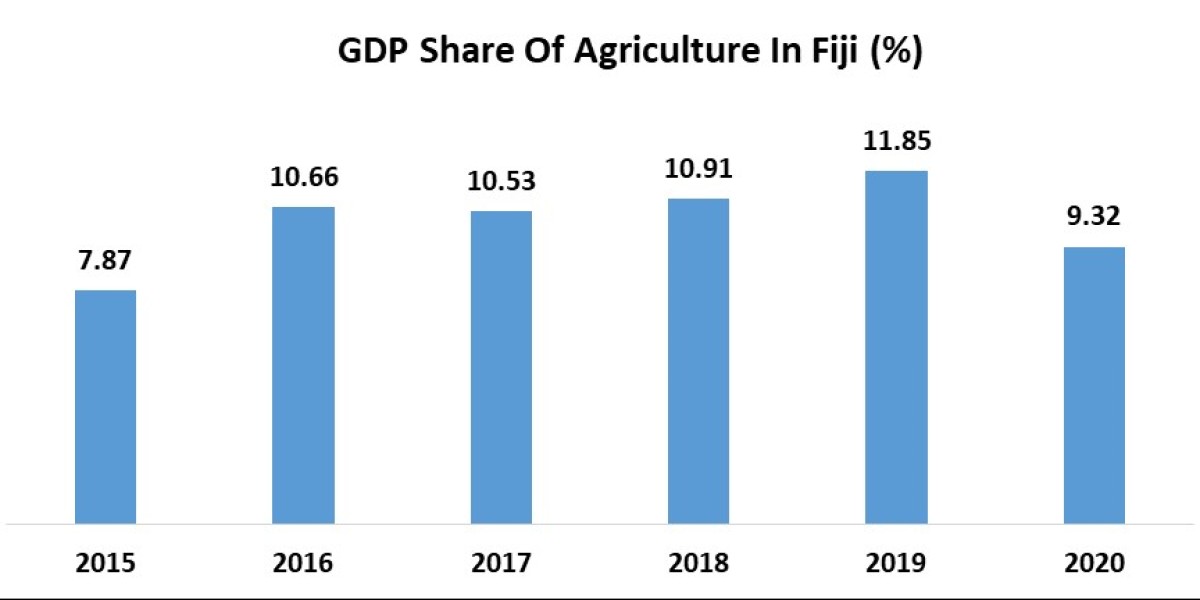Blockchain technology has given rise to a novel asset digitization model known as tokenization. By converting ownership rights into digital tokens and recording them on distributed ledgers, new value can be unleashed across various sectors.
What is Blockchain-Based Tokenization?
Tokenization refers to representing real-world assets like company equity, commodities, real estate or art as programmable digital tokens on blockchains like Ethereum. These crypto-tokens act as digitized evidence of ownership that can be easily traded peer-to-peer, automated through smart contracts, and fractionalized.
Key Benefits of Putting Assets on Blockchains:
24/7 Liquidity Unlike traditional markets, blockchain-based token trading never sleeps. This facilitates adoption in the $256 trillion global markets.
Atomic Swap Settlement Crypto tokens settle instantly via atomic swaps on-chain, versus days for analog asset transfers, improving efficiency.
Fractional Ownership By dividing assets into tokenized fractions, retail investors can participate in lucrative investments like real estate and fine art.
Transparent Provenance For high-value assets like art, tokenization provides transparent chain-of-custody tracking to verify authenticity.
Programmable Assets Smart contracts let creators build unique compliance, governance, cash flow, and vesting mechanics right into token instruments.
Main Categories of Tokenized Assets
Here are some major real-world asset categories being tokenized today:
Tokenized Real Estate Allows fractional ownership in properties to enable shared income generation.
Tokenized Equity Privately held company equity and cap table data recorded transparently on ledgers.
Tokenized Funds Venture funds dividing ownership via tokens to expand investor access to exits.
Tokenized Commodities Digitization of commodities like gold, oil or agricultural goods for more efficient trading.
Tokenized Carbon Credits For more transparent offsetting of environmental impacts.
The Tokenization Process Step-by-Step
For entities exploring blockchain tokenization, typical steps include:
- Identify Underlying Asset Evaluate the real-world asset to tokenize - agree on ownership data, cash flows, rights.
- Select Token Standard Asset definitions today conform to standards like ERC-20 for composability.
- Token Supply Distribution Fundraise or conduct an initial sale/liquidity bootstrapping event to distribute token supply.
- Listing on Exchanges Get new asset-backed tokens on centralized and decentralized token exchanges for liquid secondary trading.
- Embed Business Logic Leverage programmability of smart contracts to build in compliance, data transparency, and automation.
Unlocking Far Greater Access and Ownership
As blockchain platforms mature, asset tokenization aims to bring greater transparency, accessibility and liquidity to previously opaque and illiquid real world assets.
The programmable nature of crypto-tokens allows embedding metadata like ownership records, cash flows, voting rights, and automated rules directly into the tokens to unlock value for all participants in the ecosystem.
Check also this link Blockchain based tokenization








